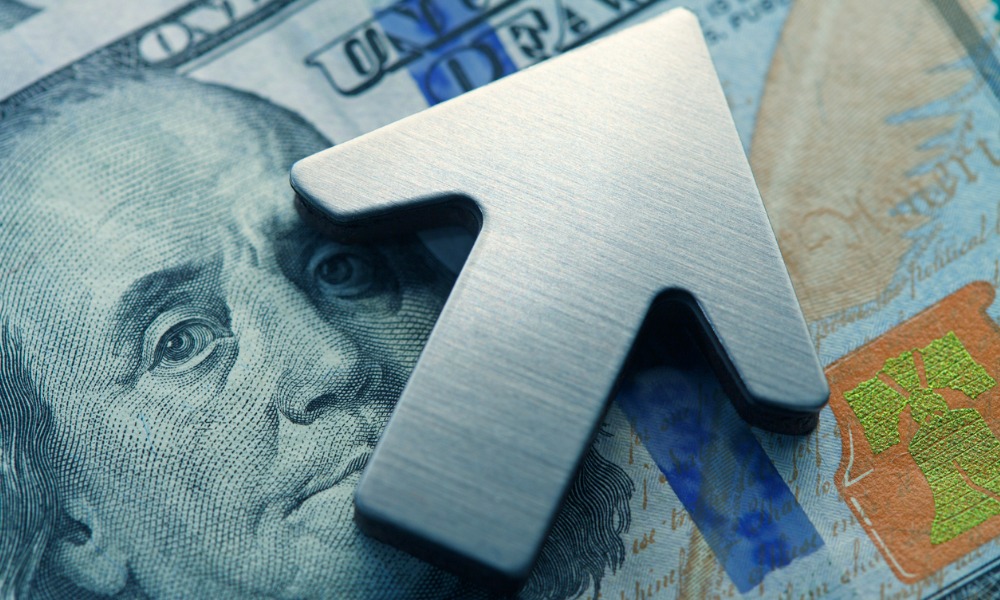At least one Fed increase is now expected to be "supersized" – with possible repercussions north of the border

With the US inflation rate reaching a 40-year high of 7.5% in January, market observers are on tenterhooks waiting for the impact of possible Federal Reserve rate hikes on fiscal policy north of the border.
The January increase represented a 0.6% monthly increase for the US rate, significantly higher than experts’ earlier predictions of a 0.4% gain.
Speaking to Agence France-Presse, Federal Reserve board member James Bullard said that these inflation levels should compel the Fed to consider an increase at the soonest possible time. To counteract the economic impact of sustained elevated inflation, Bullard recommended hikes amounting to as much as 100 basis points by July 1.
Matthew Luzzetti, chief US economist at Deutsche Bank, said that this development will essentially set the Federal Reserve firm in its course to begin its hikes next month.
“[The latest] CPI data, which rose more than expected with outperformance driven by persistent items like rent and medical services, has turned that risk scenario into a baseline,” Luzzetti said.
“With inflation pressures showing signs of accelerating in the near term, we now anticipate that the Fed will undertake a 50bp rate hike in March to kick off the tightening cycle.”
Read more: Rate increases – what could they mean for the housing market?
Prior to the announcement of the possible “supersize” Fed hike, BMO Financial Group CEO Doug Porter told Canadian Mortgage Professional that the Bank of Canada’s decision to defer rate increases stemmed from the sustained challenges posed by the pandemic.
Inflation will likely be the single most crucial factor that will determine when the central bank would move its rates up, Porter said.
“If inflation doesn’t show signs of starting to moderate a little bit by the middle of spring here, I think that’s when we might start to be able to talk about the possibility of the Federal Reserve and the Bank of Canada having to go in bigger [hikes] than 25 basis points at a time,” Porter said.
“It would show that they’re deeply concerned about the inflation backdrop, and that they’ve fallen behind the curve – which I actually do think they’re already a little bit concerned about.”
BoC Governor Tiff Macklem said earlier this month that the central bank’s rate hikes will take into account the readiness of Canadian businesses to return to full swing, amid the economy’s steady recovery from the COVID-19 pandemic.
Macklem said that there is a strong argument for the central bank to hike rates soon so that inflation scales back to the central bank’s 2% target rate, considering that without BoC intervention, inflation will moderate to just 3% by the end of 2022.
“Productivity growth is vital to non-inflationary growth and rising standards of living. At a time when inflation is already well above our target, this is more vital than ever,” Macklem said in a recent statement to the Canadian Chamber of Commerce.
“As businesses set prices and wages, firms and workers alike can be assured that the Bank of Canada will use its monetary tools to control inflation.”



